Subscribe to Green Tea Podcast:
Sencha green tea (煎茶) is a distinct Japanese green tea often enjoyed in a casual environment as a refreshing beverage. It's typically infused by letting processed whole leaves steep in hot water.
Because of the unique flavor profile of sencha tea, it's not uncommon to see all tea varieties available for both overall caffeine content and subtle differences in flavor.
In today's post, we're going to tell you everything you need to know about this delicious beverage.
This includes the benefits of consuming it, its history, and several tips for making the most delicious cup of tea.
Benefits of Sencha
Like most types of green tea, sencha tea leaves offer individuals many health benefits. Those interested in improving their long-term health will notice the relevance between the green tea's effects and the ceremony involved in its steeping.
Free Radicals
To begin, Japanese green tea helps reduce the presence of free radicals in the body. These molecules harm our cells and prematurely age our organs and tissues. The molecules damage our DNA and increase the risk of developing cancer.
Antioxidants, which green tea is full of, bind to these free radicals and neutralize them, making this tea an excellent option to help improve overall health.
Weight-Loss
This tea can also help individuals with their long-term weight-loss goals. The caffeine in Japanese green tea helps boost the metabolism by helping get rid of the free radicals that slow the body down, and the tea itself gives individuals more energy to use for exercising.
(Read more about Japanese green tea and weight loss in this post.)
Immunity
Japanese green tea is also ideal for those who want to boost their immune systems. The antioxidants in the tea and the helping of vitamin C can be ideal for those who need a little extra to improve the functionality of their white blood cells. People with colds and flu might also experience fewer symptoms when they enjoy this drink.
Cholesterol
Studies have also found that sencha tea can help reduce LDL, which is known as the bad type of cholesterol. Those who have a family history of heart disease should incorporate green tea into their regular routine to help reduce their risks. Everything from blood pressure to sugar irregularities can be helped with sencha green tea.
Oral Health
Studies have also found fluoride content in the sencha plant. This means individuals who drink the drink regularly can improve the health of their teeth and prevent the development of cavities. The tea also helps fight unwanted germs in the mouth, reducing bad breath and stopping the growth of gingivitis.
This post tells you more about the benefits of green tea for your oral health.
History of Sencha Green Tea
One of the lesser-known sides of sencha is its history: where it came from, how it developed, and why it became an integral element in Japanese green tea.
The first written records of tea in Japan date from the 8th century. However, it wasn't until the 18th century that Japan’s most popular tea, sencha, came into being. (Note: Sencha is one type of Japanese green tea; see this article for the history of Japanese tea in general.) This section of the article describes the history of "sencha" tea.
Baisao
Baisao (売茶翁) (the old tea peddler), later known as Ko Yugai, began selling tea around Kyoto around 1735. His method for preparing his tea was known as "sencha" (), or "roasting/simmering tea."
While Chinese tea producers pan-fried many of their teas, Baisao’s method included placing whole tea leaves into boiling water and allowing the leaves to simmer.
Another differentiation is with a more popular tea of his age: matcha. (See the difference between sencha and matcha here.) Baisao was able to avoid grinding tea leaves into a fine powder. Simplicity mattered as he moved from location to location, preparing his tea for fellow travelers.
Growing Popularity
By 1738, sencha had become so popular that Nagatani Soen (永谷宗円), an acquaintance of Baisao, began testing various methods to produce a brighter green-colored leaf tea.
What he ended up with is often referred to as the Uji Cha Method" and is still in use today: Picking the finest tea leaves, Nagatani Soen would then steam, roll, shape, and dry out the leaves. If you’ve spent some time analyzing sencha, you’ll get an idea of how this process works.
New Tea Production Methods
Nagatani Soen would reach out to Japanese farmers, teaching and guiding them in his newfound tea production process. He would also step out and sell his product wherever he could.
At first, he struggled.
Setting out for Edo, Kahei Yamamoto II picked up on Soen’s product. Under the names "steamed green tea" and "Tenkaichi". Under the names "steamed green tea" and "Tenkaichi" (天下一) or "the best on earth," sencha challenged the existing tea market. To add perspective, the pre-sencha Japanese tea market was largely consumed by the elite and through various ceremonies.
For the first practitioners of sencha, this tea was a way of enjoying tea beyond any existing forms of "elite" etiquette. It was, in part, for everyone.
Modern Day
While both Nagatani Soen and Baisao could reach the mass market throughout parts of Japan, sencha has since grown enormously. It has replaced matcha as Japan’s most popular tea and established the entire art of senchado (ha has since grown enormously. It has replaced matcha as Japan's most popular tea and established the entire art of senchado, or the art of enjoying sencha. It also helped pave the way for other teas such as gyokuro and several sencha variants.
Sencha's Variety and Flavor Profile
There are many different types of sencha to choose from. Learning about the types can allow individuals to add more variety to their routines.
These are a few of the sencha types that are popular and well-known, but I have also written a comprehensive list of all Japanese green tea types here in this article.
Types of Sencha Green Tea
- Standard sencha is known as futsu mushi sencha. This categorization emphasizes the normal steaming aspect, resulting in a finer balance between the flavors present. The aroma is fresh, and the naturally sweet and bitter flavors settle in harmony with each other for an earthy overall profile.
- Another variety is fukamushi-cha, which means deep-steamed sencha. This type of tea is steamed for a little bit longer to help reduce the natural astringency of the drink. The longer steaming time results in a more powdered sencha leaf and a much richer final cup.
- Kabuse-cha, translated as shade-grown leaves, is a type of tea that showcases a deeper aroma and flavor. It’s often produced for its unique scent, as shading the crop before the spring harvest prevents the growth of certain amino acids. This results in less tannin and a fuller flavor.
- Kuradashi-sencha is a spring variety kept in storage to deepen the flavor and reduce its astringency. This Japanese green tea is stored at high altitudes to preserve its freshness. The opening of this aged leaf is often a ceremonial process, and it’s usually only available during the winter months.
- Gyokuro, otherwise known as jade dew tea, is one of the most unique types of Japanese green tea available. It’s also one of the most expensive varieties because of its high labor costs and the artistic presentation of a softer leaf. This tea leaf is grown in constant shade to encourage only tip growth, which results in only one harvest per year.
MATCHA VS SENCHA
Although matcha and sencha are sometimes confused with one another, there are many differences between them.
- Leaves prepared for matcha are grown almost entirely in the shade, similar to gyokuro.
- While powdered sencha is sometimes used in tea, whole-leaf sencha is the normally sold product, and matcha is always processed with granite-grinding wheels to be sold as a powder.
- High-quality matcha will almost always be a much darker green than sencha. This is due to the high chlorophyll content of the harvested leaves.
(Read more about the differences between Matcha and Sencha here.)
How to Make Sencha Green Tea
Though there are many different green teas to choose from, the steeping process is often the same.
Individuals should adjust for time and temperature depending on their type.
I have a whole article dedicated to this. So, please click here or on the image below to learn how to make your sencha taste better.
Choosing the Teaware
To begin, it is important to use the correct teaware for the brewing process. There needs to be a lot of room in the pot for the leaves to naturally expand during the brewing process. A fine filter is also necessary to keep sediment out of the final pour.
Japanese teapots, which are called kyusu, are specifically designed to allow for better leaf unfolding. There is a specific teapot that can make your sencha tea taste better because of the clay used.
(Click here to learn about the Japanese teapot that will make your tea taste better.)
A Japanese cast iron teapot also provides excellent heat retention and is a great option for brewing your sencha tea.
Preheating the Water
Cooling your water down before you brew allows you to reach the perfect temperature for your desired flavor.
Using two cups to transfer water back and forth allows you to hit the desired target temperature of between 162 and 180 Fahrenheit.
Use water that’s completely boiled. Then, transfer the water back and forth between cups to get the desired temperature. This type of cooling also helps stabilize the water's temperature during steeping. Many also believe it helps air flow into the water, resulting in a livelier, more aerated tea.
(Read Everything You Need to Know about Water and Japanese Green Tea here.)

Brewing Sencha Green Tea
The brewing process itself does not take a very long time, especially if the temperature has been calibrated correctly. The recommended amount of leaf to use is roughly one gram per every 50 milliliters of water.
As you become more experienced with brewing, you may change these ratios to suit your desired tastes.
For half a cup of water, it’s a good idea to use roughly 1 1/4 tablespoons of tea leaves.
TIPS
- Try to find a comfortable temperature point for your tea. Keep a thermometer with you to keep your measurements accurate. Though you may need your thermometer the first few times you brew sencha,
- Eventually, you will get the transfer technique down. To get the most accurate results, aim for consistency in how many times you transfer the water and how soon you transfer it from the kettle.
- Try to aim for roughly one solid minute of brewing to get the most flavor out of the tea. Deep-steamed sencha varieties may need a little bit less brewing time, around 45 seconds, while other teas may need longer steeping times, around 90 seconds. Like with any other aspect of this process, you may eventually want to adjust the brewing time to suit your specific tastes.
- Once the tea is done brewing, slowly pour it into your cup. Do your best to get as much tea out as you can. Once it has been poured out, pat the back of the teapot so the leaves clear away from the filter.
- Take the lid off and then set it on top of the teapot at an angle to allow the steam to escape. This helps prevent the leaves from continuing to brew in the pot, reducing the risk of an aftertaste in future batches. Once poured, enjoy at your leisure.
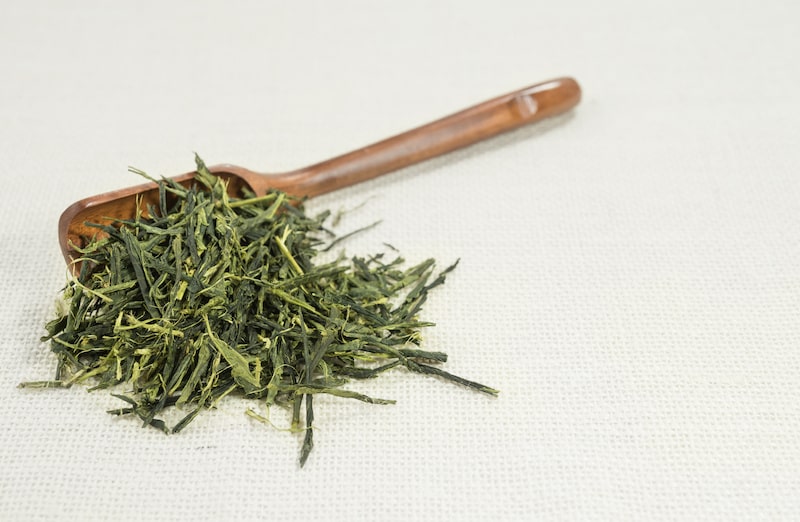
Re-steeping Sencha Green Tea
Because of the low steeping time, it’s actually possible to get between three and five more steeps out of the leaves.
To get the best results, try to brew the second batch for 30 seconds and every subsequent batch for double the previous batch's brewing time. Each time you brew, try to increase the temperature by five degrees.
Be sure to experiment with the process to find what works best for you!
BUYING QUALITY SENCHA GREEN TEA
Click here to see the list of premium sencha green tea we offer.
DID YOU LEARN A LOT ABOUT SENCHA GREEN TEA IN THIS POST? HERE ARE THREE MORE POSTS TO READ NEXT:
- WHAT IS GYOKURO? EXPLAINED IN ONE MINUTE
- WHY JAPANESE GREEN TEA IS PERFECT FOR INTERMITTENT FASTING + HOW-TO GUIDE, WHAT TO DO & WHAT NOT TO DO
- SAMURAI AND TEA
Get Free Bonus Books





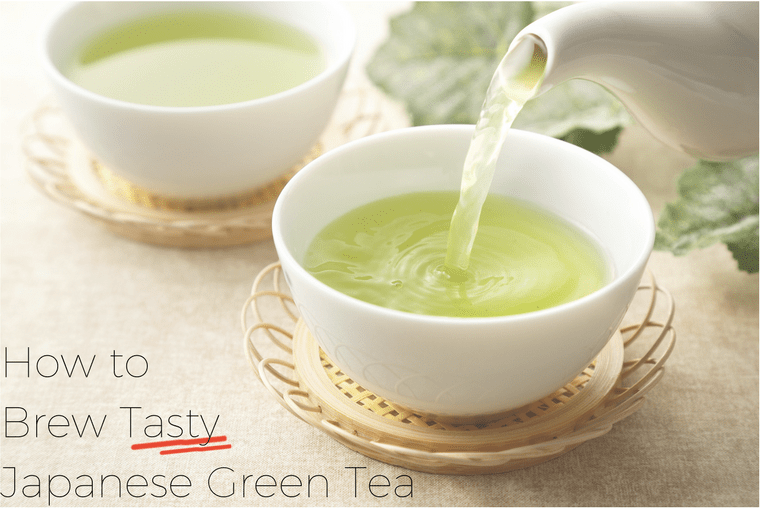
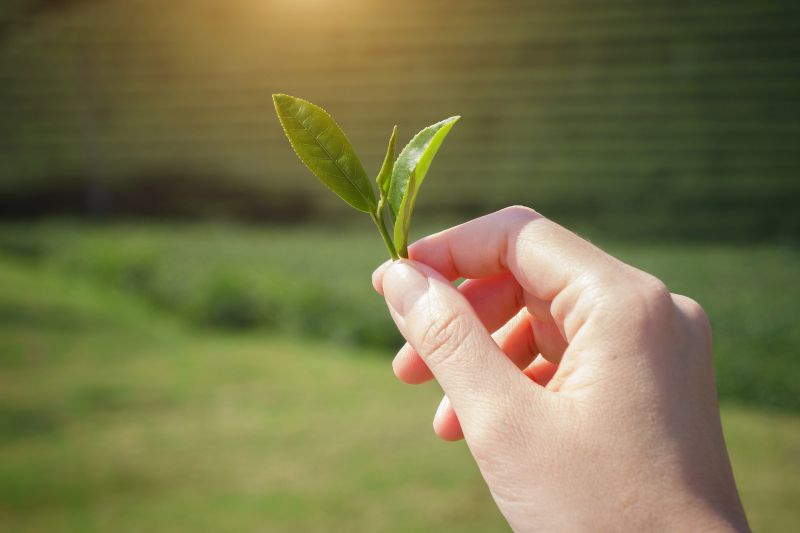
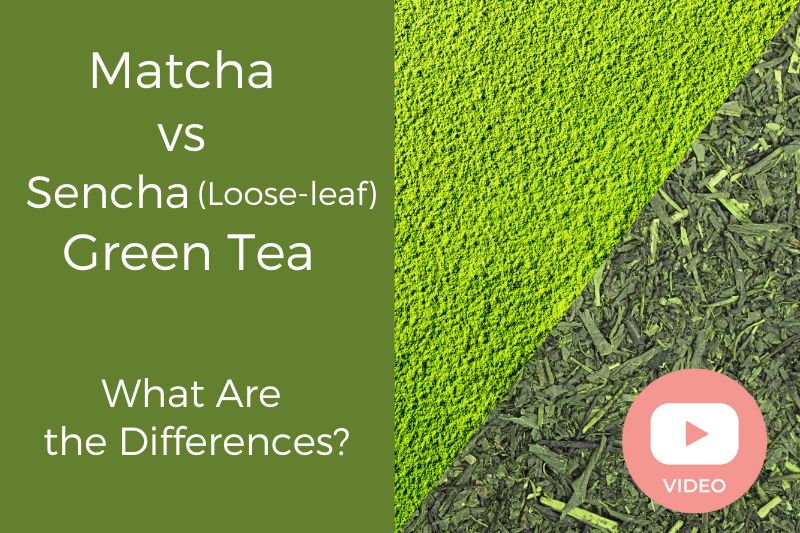
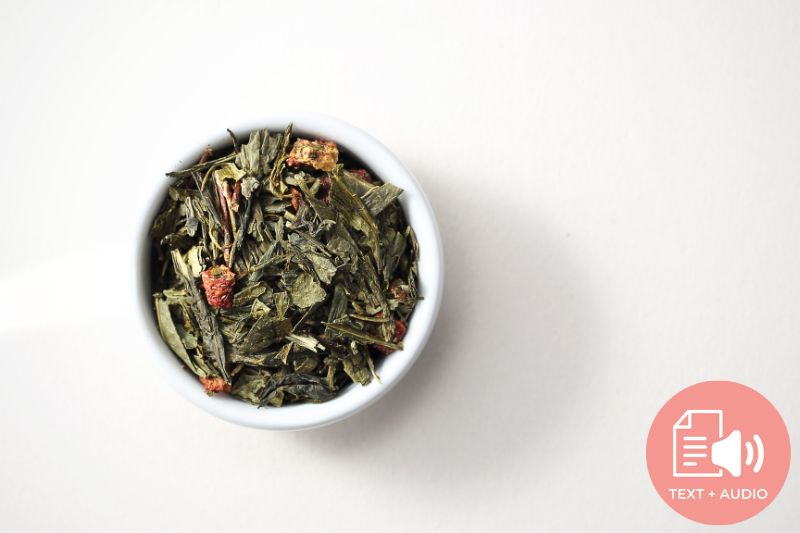
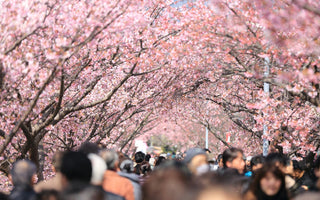
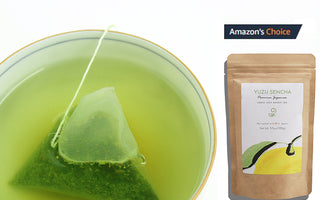
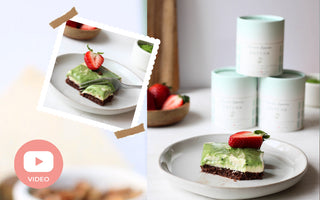
Very interesting and informative and not difficult to understand.